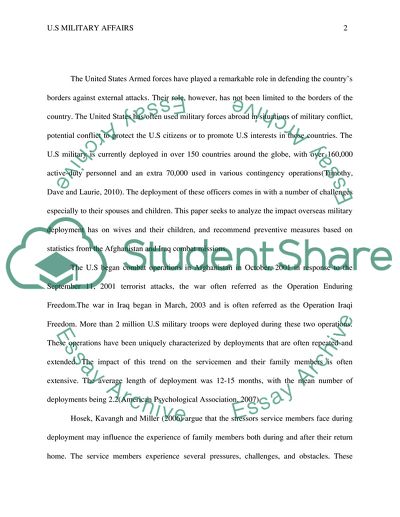Cite this document
(U.S. Military Affairs. The Trauma Men and Women Face when Their Spouse Research Paper, n.d.)
U.S. Military Affairs. The Trauma Men and Women Face when Their Spouse Research Paper. Retrieved from https://studentshare.org/military/1860728-us-military-affairs-the-trauma-men-and-women-face-when-their-spouse-has-an-affair-overseas
U.S. Military Affairs. The Trauma Men and Women Face when Their Spouse Research Paper. Retrieved from https://studentshare.org/military/1860728-us-military-affairs-the-trauma-men-and-women-face-when-their-spouse-has-an-affair-overseas
(U.S. Military Affairs. The Trauma Men and Women Face When Their Spouse Research Paper)
U.S. Military Affairs. The Trauma Men and Women Face When Their Spouse Research Paper. https://studentshare.org/military/1860728-us-military-affairs-the-trauma-men-and-women-face-when-their-spouse-has-an-affair-overseas.
U.S. Military Affairs. The Trauma Men and Women Face When Their Spouse Research Paper. https://studentshare.org/military/1860728-us-military-affairs-the-trauma-men-and-women-face-when-their-spouse-has-an-affair-overseas.
“U.S. Military Affairs. The Trauma Men and Women Face When Their Spouse Research Paper”, n.d. https://studentshare.org/military/1860728-us-military-affairs-the-trauma-men-and-women-face-when-their-spouse-has-an-affair-overseas.


